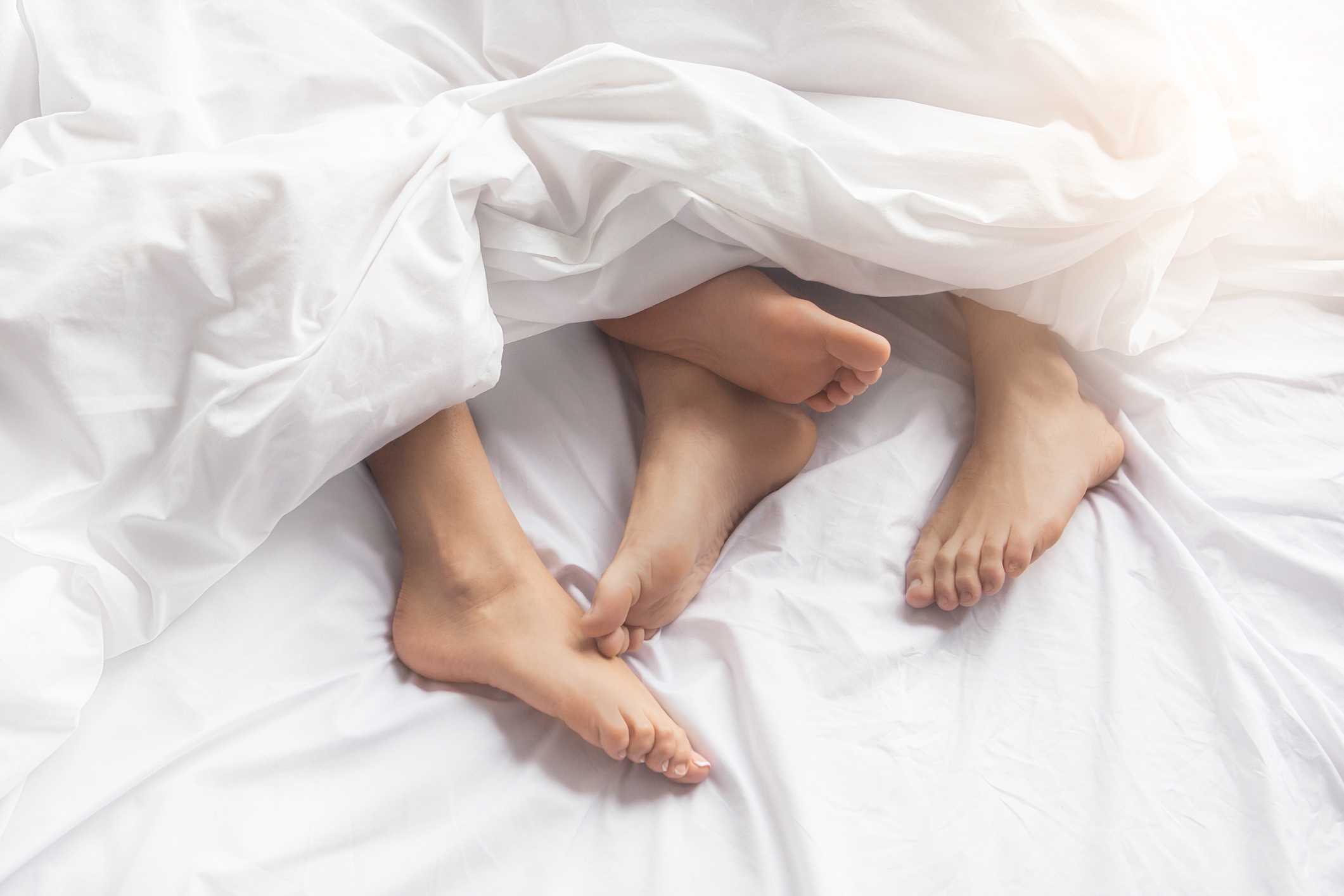Checking your feet is an important way to reduce the chances of developing a serious foot problem.
It’s important that those of us with diabetes regularly check our feet as nerve damage and reduced circulation, caused by diabetes, can mean having reduced awareness of pain (neuropathy) and slower healing
Checking feet daily means that any signs of damage can be addressed at the earliest stage and therefore before a problem poses any serious risk to health.
Your own foot checks should be carried out in addition to the foot examinations you should receive at least once a year from your health team.
How often should I check my feet?
It’s important to check your feet daily for signs of damage.
Don’t be put off checking your feet if nothing seems to change.
That’s a good sign and remember that by checking your feet daily, you’re giving your feet the best chance of healing should any damage or change in your feet occur in future.
What if I can’t check my own feet?
Some of us may find checking feet harder than others. If you are unable to fully check your feet, arrange for someone to help you check your feet.
Note that if you require help from someone to check your feet and help with other aspects of your diabetes, you may qualify to receive state benefits
Damage
Look out for any general signs of damage that include:
- Cuts
- Grazes
- Sores
- Bruises
- Blisters
- Burns
- Missing skin
Other signs of change
Look out also for other changes such as:
- Changes in colour – eg whitening, reddening, yellowing, darkening or paling of skin
- Changes in shape – either in one particular area or if the whole foot becomes swollen
- Any unusual change in odour of your feet
- Fungal growth
- Dry or hard skin
- Skin that is warm or hot to the touch
- Cold feet, particularly if they are also paler than they should be
Soles of the feet
The soles of the feet may be awkward for some of us to check but it’s an important part of our feet so does need checking each day. You may find it helps to set up a mirror to help check the soles of your feet. When checking the soles of your feet, look out for the general signs of damage and changes and also:
- Calluses
- Plantar warts (verrucas)
- Foot ulcers
Tops of the feet and toes
- Corns
- Calluses
- Bunions – a condition where the big toe starts to point towards the neighbouring toes
- Any loss of hair on your feet, ankles or toes
- Shiny, smooth skin
- Changes in shape of the toes – any evidence of one or more toes becoming clawed
Toenails
- Discoloured nails
- Brittle nails
- Broken toenails
- Thinning nails
- Thickening of the nails
- Ingrown toenails
Heels
- Calluses
- Dry, cracked skin
- Foot ulcers
Check for sensitivity of your feet
When checking your feet, it is also useful to check the sensitivity of your feet. Briefly and gently tap your toes with your finger and see whether you can feel the touch of your finger with your toes. Do not use any sharp or hot objects to test for sensation in your feet. If you notice reduced sensitivity in your toes, notify your doctor.
Numbness or reduced sensitivity in the feet is a common symptom of sensory neuropathy, which can make it harder, or impossible, to feel when damage to the foot occurs.




